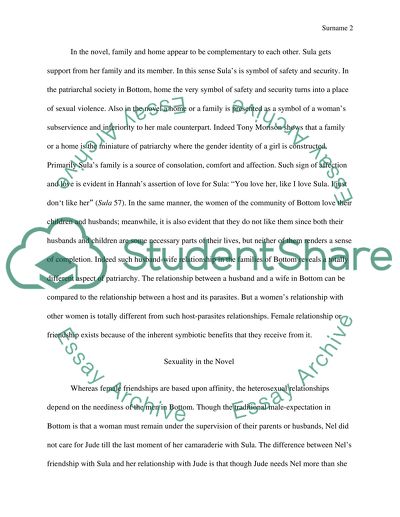Cite this document
(“Critical Analysis of the Themes of Sexuality, Family and Book Report/Review”, n.d.)
Critical Analysis of the Themes of Sexuality, Family and Book Report/Review. Retrieved from https://studentshare.org/literature/1438076-novel-study-on-i-know-why-he-caged-bird-sings
Critical Analysis of the Themes of Sexuality, Family and Book Report/Review. Retrieved from https://studentshare.org/literature/1438076-novel-study-on-i-know-why-he-caged-bird-sings
(Critical Analysis of the Themes of Sexuality, Family and Book Report/Review)
Critical Analysis of the Themes of Sexuality, Family and Book Report/Review. https://studentshare.org/literature/1438076-novel-study-on-i-know-why-he-caged-bird-sings.
Critical Analysis of the Themes of Sexuality, Family and Book Report/Review. https://studentshare.org/literature/1438076-novel-study-on-i-know-why-he-caged-bird-sings.
“Critical Analysis of the Themes of Sexuality, Family and Book Report/Review”, n.d. https://studentshare.org/literature/1438076-novel-study-on-i-know-why-he-caged-bird-sings.


